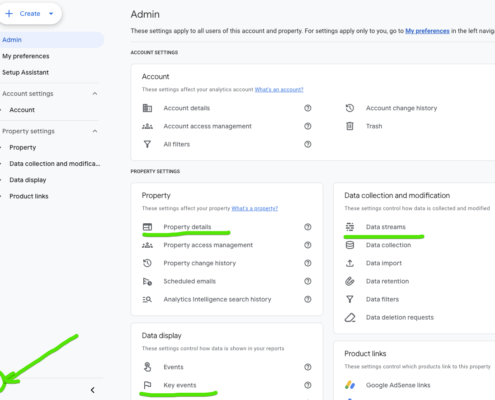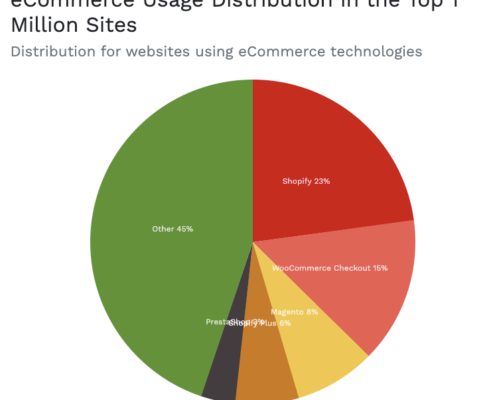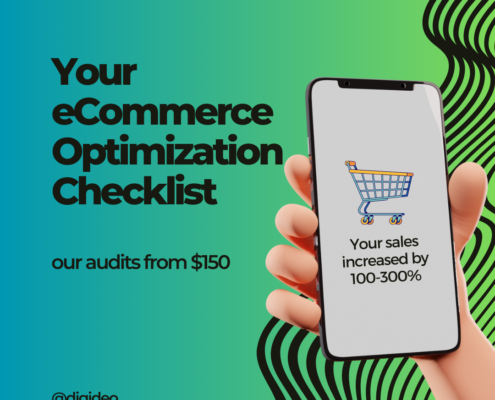Drip Marketing or Marketing Automation: Strategies, Setup, and Best Practices for B2B Businesses
In today’s competitive landscape, businesses must nurture leads effectively and maintain consistent communication with their prospects. Two methods that have become indispensable are drip marketing and marketing automation. These techniques help companies to engage customers throughout the buyer’s journey, drive conversions, and foster long-term relationships.
What Is Drip Marketing?
Drip marketing refers to sending a series of automated, pre-scheduled emails or messages to leads or customers over a set period. These emails are triggered based on user actions (e.g., signing up for a newsletter) or time intervals (e.g., every few days). The goal is to keep your audience engaged and gradually nurture them from awareness to conversion without overwhelming them.
Benefits of Drip Marketing
– Continuous engagement: Drip campaigns help keep your brand top-of-mind by sending relevant content over time.
– Personalization: They allow you to tailor content based on user behavior or segmentation, creating a more personalized experience.
– Lead nurturing: Drip campaigns are ideal for nurturing leads, particularly in B2B sales, which tend to have longer buying cycles.
How to Set Up a Drip Campaign
Setting up a drip campaign requires careful planning and strategy to ensure the right message reaches the right audience at the right time.
1. Define your goals: Are you nurturing new leads, re-engaging inactive customers, or driving awareness of a new product? Establish clear objectives before starting.
2. Segment your audience: Break down your audience based on factors like where they are in the buyer’s journey, job role, or previous engagement history. This ensures each group receives relevant content.
3. Create a content plan: Outline the type of content each segment will receive at each campaign stage. This could include blog posts, case studies, whitepapers, or product updates.
4. Set timing and triggers: Drip campaigns rely on timing. Decide when to send each message. Common intervals range from every few days to weekly emails. Triggers like a website visit, email sign-up, or webinar registration can also prompt the following message.
5. Craft compelling copy: Each email should have a clear message and call to action. Focus on value—whether it’s educating the reader or addressing their pain points. Ensure that your email subject lines are attention-grabbing and that the email body is scannable.
6. Test and optimize: Drip campaigns require constant refinement. A/B testing subject lines, content, and timing can provide valuable data to optimize the campaign.
Tactics for B2B Drip Campaigns
B2B businesses face unique challenges, such as longer sales cycles and more decision-makers. Here are some B2B drip campaign tactics:
1. Lead nurturing: Use educational content to move leads down the funnel. Provide valuable resources like whitepapers, eBooks, and case studies.
2. Account-based marketing (ABM): Create highly personalized drip campaigns for targeted accounts, addressing the specific needs of key decision-makers.
3. Product demo or trial follow-up: If you offer a product demo or trial, set up a drip campaign to provide onboarding guidance, success tips, and testimonials to encourage the lead to convert.
4. Event follow-up: After a webinar or industry event, use drip campaigns to continue the conversation with attendees, providing additional resources or setting up meetings.
5. Re-engagement: Drip campaigns can help bring cold leads back into the pipeline. Remind them of your product’s value and offer incentives such as exclusive content or discounts.
What Is Marketing Automation?
Marketing automation goes beyond drip marketing by automating various repetitive tasks in your marketing funnel. It can include email marketing, social media posting, lead scoring, and customer segmentation. While drip marketing focuses on sending automated emails, marketing automation encompasses the entire marketing ecosystem, streamlining workflows and personalizing engagement across channels.
Setting Up Marketing Automation in Zoho CRM
Zoho CRM offers a comprehensive marketing automation suite that allows businesses to automate their lead nurturing, sales processes, and communication. Here’s how to set it up for optimal results:
1. Lead Segmentation and Scoring
– Segment your leads: In Zoho CRM, you can segment leads based on demographics, behavior, and source. This segmentation is crucial for personalized marketing automation.
– Set up lead scoring: Assign points to leads based on actions such as email opens, form submissions, or website visits. Higher scores indicate leads that are more ready to engage with sales.
2. Create Workflow Rules
– Zoho CRM allows you to set up workflow rules to automate tasks like sending emails, assigning leads to sales reps, or updating lead statuses.
– You can trigger automated workflows based on certain conditions, such as a lead filling out a form or entering a specific stage in the sales funnel.
3. Automated Email Campaigns
– Using Zoho Campaigns or Zoho CRM’s inbuilt email marketing module, you can set up drip campaigns to nurture leads.
– Integrate your emails with CRM data to send personalized messages based on where leads are in the funnel. For instance, if a lead has just signed up for a trial, they can automatically receive a welcome series explaining how to use the product.
4. Tracking and Analytics
– With Zoho’s reporting tools, you can track the performance of your automated campaigns. Monitor open rates, click-through rates, and conversions to see which emails resonate with your audience.
– Use A/B testing to compare different messages and optimize your approach.
5. Integration with Other Tools
– Zoho CRM integrates with other marketing platforms, such as Google Ads and social media tools, to allow for broader marketing automation. You can sync ads with your CRM to track leads from ad clicks to conversions, ensuring all your marketing efforts are in one place.
Best Practices for B2B Marketing Automation in Zoho CRM
– Focus on quality, not quantity: Automate communication, but ensure that your messaging remains personal and relevant. Bombarding leads with irrelevant emails can lead to unsubscribes.
– Align with sales: Ensure that your sales team is aligned with your automation process. They should know when leads are getting automated emails and when it’s time for personal outreach.
– Track and refine: Continuously monitor the performance of your campaigns. Use Zoho’s detailed reports to tweak email sequences, update lead scores, and improve your workflows.
Conclusion
Both drip marketing and marketing automation are essential for B2B businesses looking to nurture leads and maintain consistent communication. Drip marketing helps businesses build relationships over time, while marketing automation takes this one step further, allowing you to streamline various marketing efforts. When combined with tools like Zoho CRM, businesses can create highly targeted, automated campaigns that drive conversions, reduce manual work, and provide real-time insights into campaign performance.
Sources:
– Salesforce. “The State of Marketing Automation.” 2022.
– HubSpot. “Drip Campaigns: A Guide to Getting Started.” 2023.
– Zoho CRM Help Center. “Marketing Automation Guide.” 2023.
– MarketingProfs. “Tactics for B2B Drip Marketing Success.” 2023.
Drip marketing was developed in response to the “Law of 29“ in which many marketers believe that an average “prospect” will not turn into a client until they’ve viewed their marketing message at least 29 times.
Drip campaign meaning is really linked with following substitutes: drip marketing, automated email campaign, lifecycle emails, autoresponders, and marketing automation — the concept is the same: they’re a set of marketing emails that will be sent out automatically on a schedule.
Drip marketing and small business
The method of drip marketing can help you avoid the sell-produce curve, which is the situation where you are selling until you find work to do, you are then so busy doing the work that you stop selling. Once the work has been completed you start selling again. This is a dreaded situation that most business owners hate to encounter. The sell-produce curve is experienced mostly by solopreneurs or small businesses.
It was a very frustrating process for even my own company. This was a reason I started my self-learning on marketing automation tactics and best solutions.
An effective way to use drip marketing is to consistently do something each month to keep your name in front of your current clients and prospective clients. By doing this, you diminish the sell-produce curve and will find that you will have a steady amount of business coming in the door on a continuous basis.
Your Plan of Action
The best thing about drip marketing is it requires a plan of action. By creating this marketing plan and following it throughout the quarter, half a year or year, you can guarantee that you will be consistent with your marketing all year long.
I suggest that you develop your drip campaign when planning your yearly marketing calendar.
How the drip campaign works
It is a typical process – the first email will go out as soon as someone signs up, another will go out 3 days later, with one more going out the next weekend. Or, the emails can be varied based on triggers, or actions the person has performed like signing up for your service or making a purchase, which is why they’re also sometimes called behavioral emails.
Drip campaigns aren’t limited to email—the term also applies to direct mail and phone-based marketing, too. But in this primer, we’re focusing on email, since it’s efficient and cost-effective.
- Step 1: Develop your Plan (Plan something EVERY month)
- Step 2: Strategize the Execution of Your Plan
- Step 3: Decide who your Target is.
- Step 4: Create consistency by developing your slogan or phrase. Then place it on every promotional and marketing piece.
Questions that help building your drip marketing campaign
Segments & Personas
Who are the customers?
What do they think? See? Feel? Do?
Value Propositions
What’s compelling about the product to these personas?
Why do they buy it, use it?
Brand Experiences
What are the key experiences customers have with the product?
How do they find it? Buy it? Use it?
How does this differ across actors?
If a CIO or parent buys it and then a support person or child uses it, how does that work?
Branding
What is the personality of the brand?
Its positioning?
How does it talk about itself?
How do is that executed?
Lexicon
What words and phrases do customers use to talk about the area?
What do they type into Google?
Assets
What are the product’s most important brand assets?
Activities
What are the most important growth activities?
Organic Channels
What organic (unpaid) channels are most important to the product’s branding and growth?
Paid Channels
What paid channels are most important to the product’s branding and growth?
Promotional Infrastructure
What promotional infrastructure (email lists, in store displays, social media accounts) working for the brand?
Drip marketing is a part of the marketing automation process. There are so many other marketing activities that can be automated.
You can use different types of tools to create your drip campaign. More information is here
We specialize in choosing the best CRM/marketing software for small and medium-sized companies from different industries. All these tools have marketing automation, drip marketing, and tools to create a drip campaign inside implemented. Some of them specialize in particular industries, e-commerce, non-profit, real estate, financial, workshops, and training, etc. Some of them are adding more and more functionalities, like Salesforce, Zoho or Hubspot.

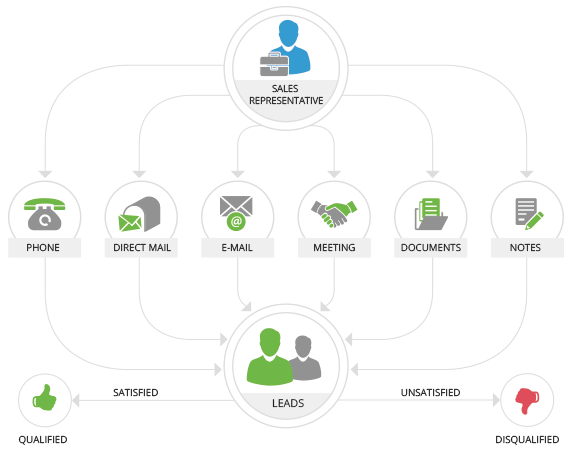

 Digideo
Digideo Digideo
Digideo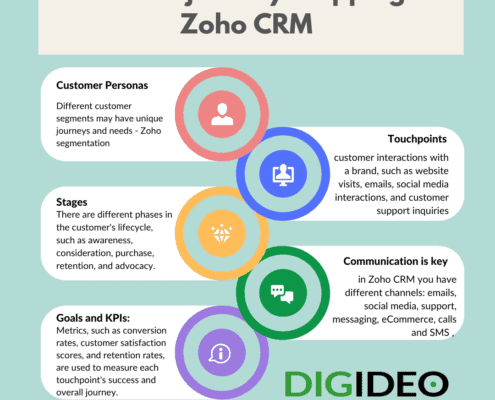 Digideo
Digideo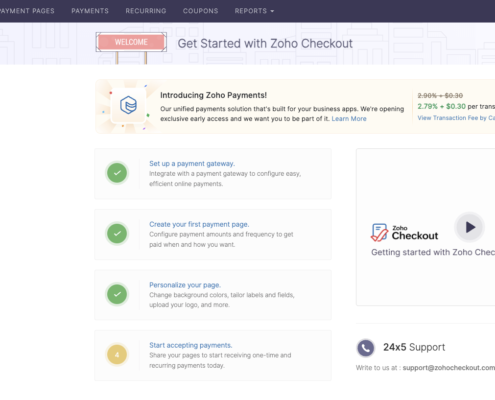
 Digideo
Digideo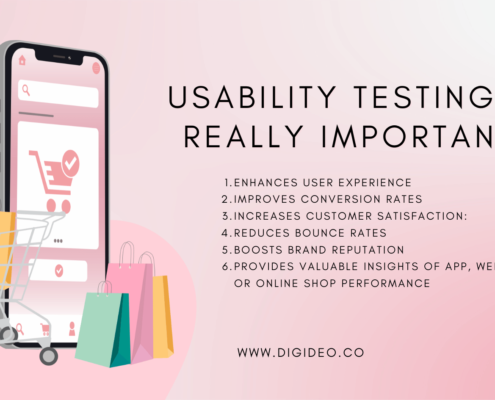 Digideo
Digideo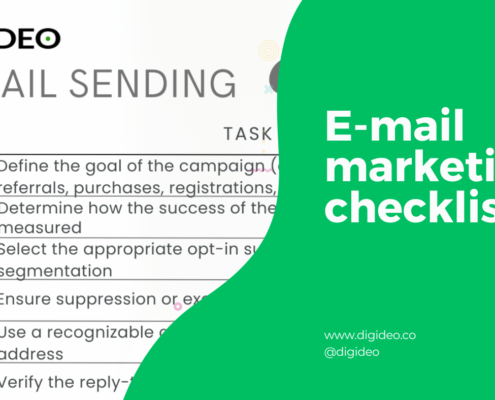 Digideo
Digideo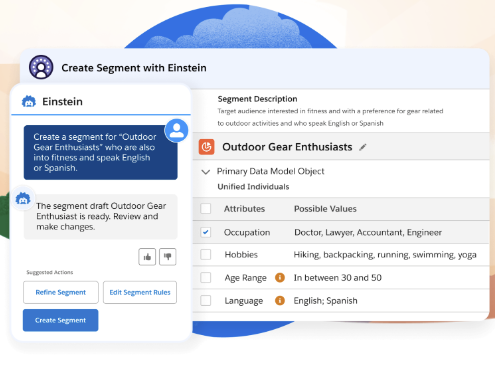
 Digideo
Digideo